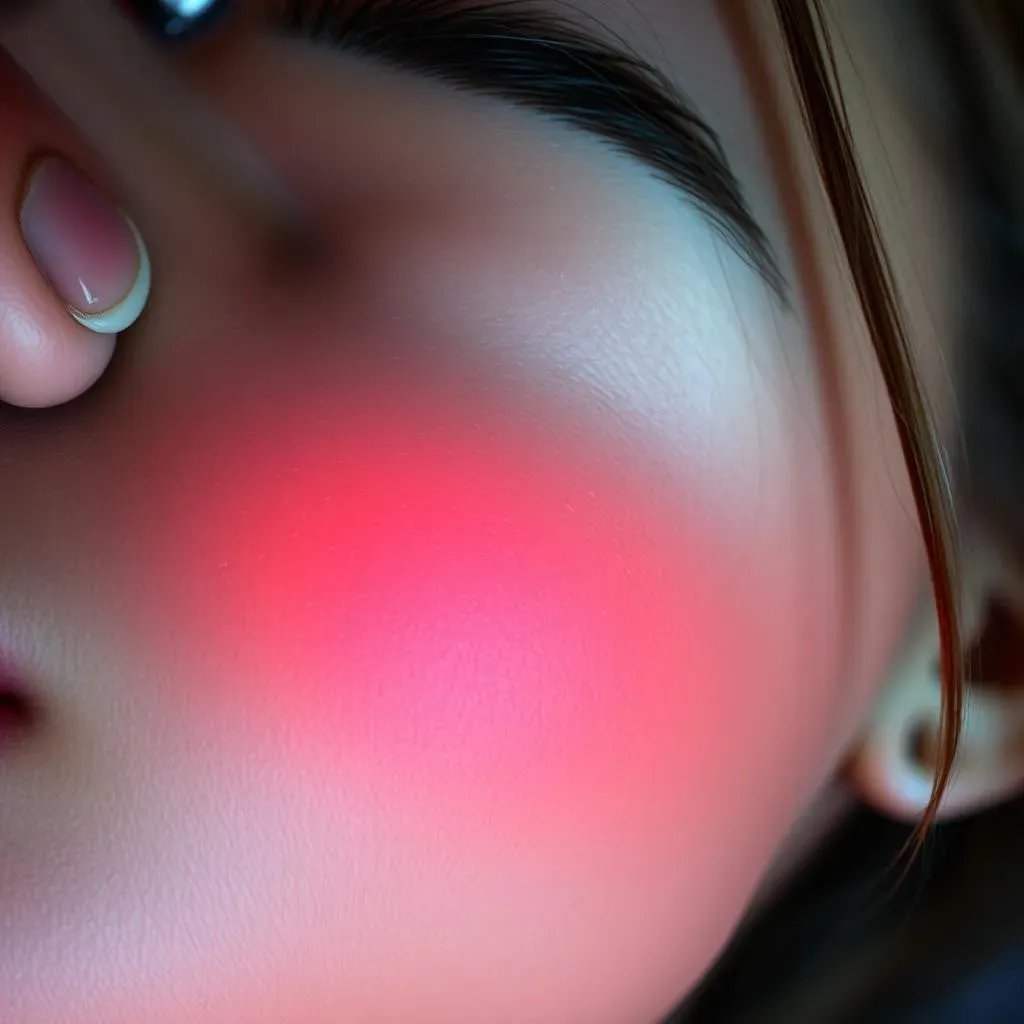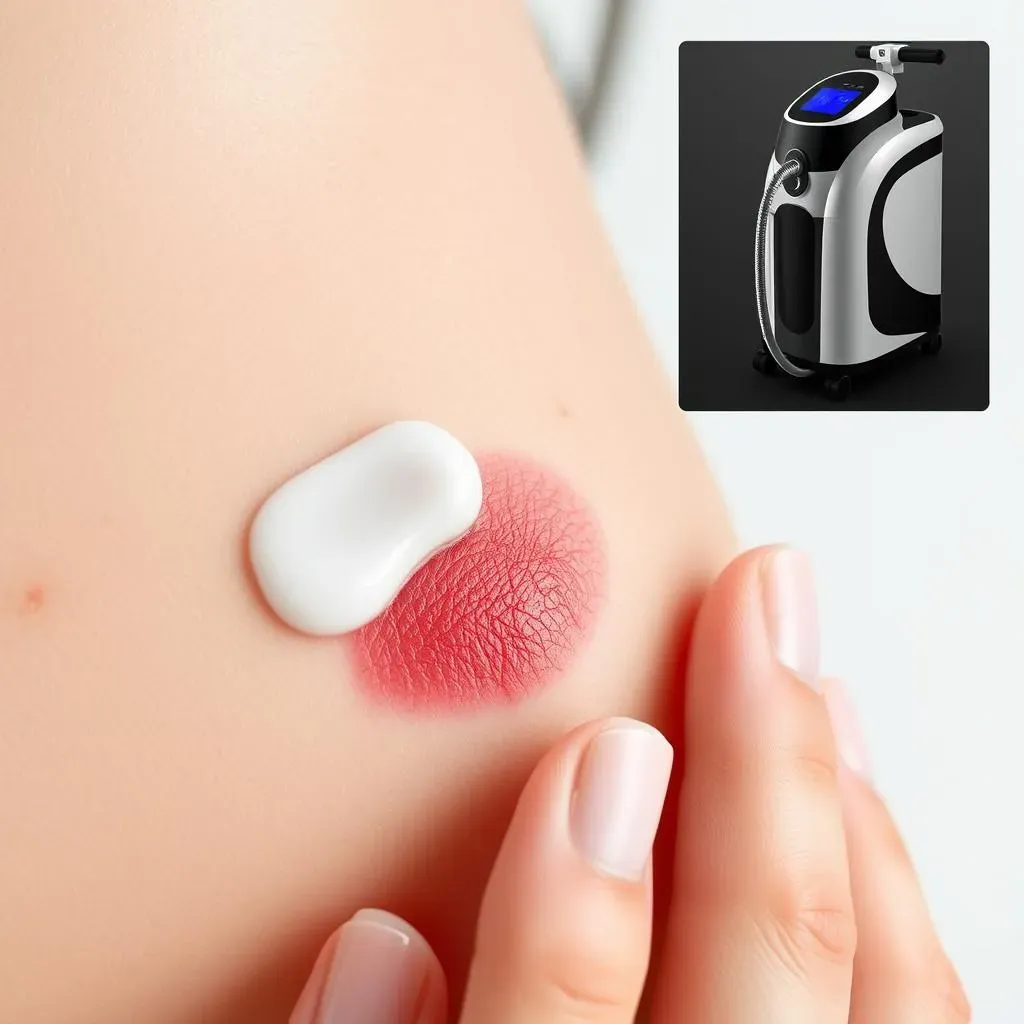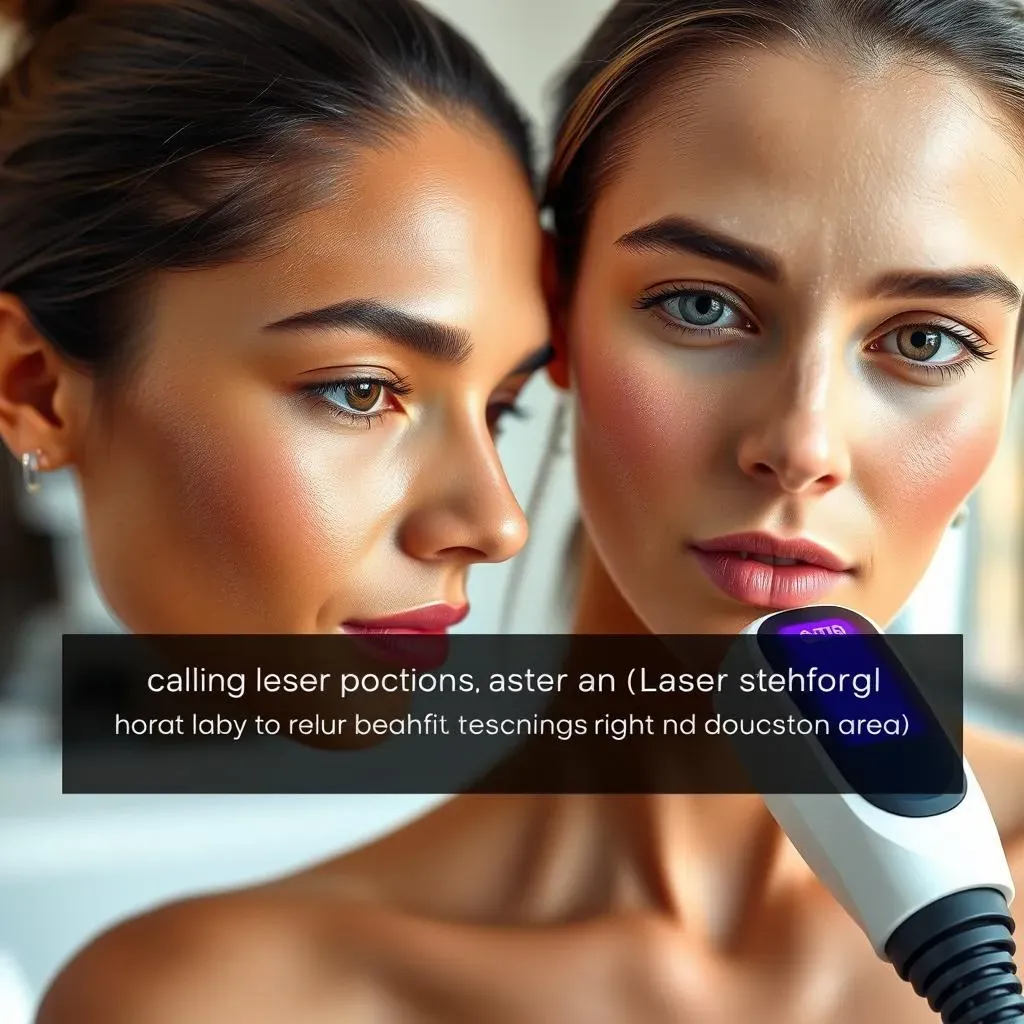Table of Contents
Are you tired of dealing with unwanted hair in sensitive areas? Do you struggle with ingrown hairs, razor burn, or waxing woes? Laser hair removal for sensitive areas is a game-changing solution that can provide long-lasting results and a smoother, more confident you. In this article, we'll take a closer look at the benefits, risks, and considerations of laser hair removal for sensitive areas, helping you make an informed decision about whether this treatment is right for you. From preparing for treatment to aftercare and maintenance, we'll cover the key points you need to know to achieve optimal results. Whether you're looking to remove hair from the bikini line, underarms, or other sensitive areas, this guide will walk you through the process of laser hair removal for sensitive areas, providing you with the knowledge and confidence to take the first step towards a hair-free, carefree life.
What to Expect from Laser Hair Removal for Sensitive Areas

What to Expect from Laser Hair Removal for Sensitive Areas
When it comes to laser hair removal for sensitive areas, it's natural to have some questions and concerns about what to expect from the treatment. One of the most common questions is about the level of pain or discomfort involved. The good news is that most people find laser hair removal to be relatively painless, with some describing it as a mild stinging or snapping sensation. To minimize any discomfort, your technician may use a topical anesthetic cream or cooling gel to numb the area before treatment. Additionally, some laser devices have a built-in cooling system to help reduce any discomfort.
Area Being Treated | Level of Discomfort | Common Descriptions |
|---|---|---|
Bikini Line | Mild to Moderate | Stinging, snapping, or a mild burning sensation |
Underarms | Mild | A slight tingling or warmth |
Face | Minimal | A gentle buzzing or nothing at all |
- The treatment itself can take anywhere from a few minutes to an hour, depending on the size of the area being treated.
- You may be asked to wear protective eyewear to prevent any damage to your eyes from the laser.
- After the treatment, you may experience some redness, swelling, or itching, but these side effects are usually temporary and resolve on their own within a few hours.
Benefits of Laser Hair Removal for Sensitive Areas: Is it Right for You?

Benefits of Laser Hair Removal for Sensitive Areas: Is it Right for You?
The benefits of laser hair removal for sensitive areas are numerous, making it an attractive option for those looking to remove unwanted hair. One of the primary advantages is the long-lasting results, with many people experiencing permanent hair reduction after a series of treatments. This can be especially beneficial for individuals who have sensitive skin and are prone to ingrown hairs, razor burn, or other skin irritations. Additionally, laser hair removal can be a cost-effective solution in the long run, as it eliminates the need for frequent waxing, shaving, or depilatory creams.
Benefits | Description | Advantages |
|---|---|---|
Long-lasting results | Permanent hair reduction | Cost-effective, reduced need for frequent hair removal |
Reduced skin irritation | Minimized risk of ingrown hairs, razor burn, and other skin irritations | Improved skin health and appearance |
Increased convenience | Reduced need for frequent hair removal methods | More time for other activities, improved quality of life |
- Reduced risk of skin infections and ingrown hairs
- Improved skin texture and appearance
- Increased confidence and self-esteem
Laser Hair Removal for Sensitive Areas: Preparing for Treatment and Aftercare

Laser Hair Removal for Sensitive Areas: Preparing for Treatment and Aftercare
Preparing Your Skin for Laser Hair Removal
To ensure the best results from your laser hair removal treatment, it's essential to prepare your skin properly. This includes avoiding sun exposure, waxing, tweezing, and depilatory creams for at least two weeks before your treatment. You should also exfoliate your skin gently to remove any dead skin cells and help the laser penetrate more evenly. On the day of your treatment, arrive with clean, dry skin, and avoid applying any lotions, creams, or makeup to the area being treated.
Additionally, it's crucial to inform your technician about any medications you're taking, including antibiotics, retinoids, or blood thinners, as these can affect the treatment. By following these simple steps, you can help minimize any potential risks and ensure a successful treatment.
Pre-Treatment Instructions | Description | Importance |
|---|---|---|
Avoid sun exposure | Prevents skin darkening and reduces risk of complications | High |
Stop waxing and tweezing | Allows hair to grow out and reduces risk of ingrown hairs | Medium |
Exfoliate gently | Removes dead skin cells and helps laser penetrate evenly | Low |
- Arrive with clean, dry skin
- Avoid applying lotions, creams, or makeup to the treatment area
- Inform your technician about any medications you're taking
Aftercare for Laser Hair Removal: What to Expect
After your laser hair removal treatment, it's essential to follow a proper aftercare routine to ensure your skin heals quickly and reduces the risk of any complications. This includes applying a topical cream or gel to soothe the skin, avoiding direct sun exposure, and keeping the treated area clean and dry. You may also experience some redness, swelling, or itching, but these side effects are usually temporary and resolve on their own within a few hours.
It's also important to avoid strenuous activities, such as exercise or heavy lifting, for at least 24 hours after your treatment. Additionally, you should avoid using harsh skincare products, exfoliating, or using hot water on the treated area for at least a week. By following these simple aftercare steps, you can help your skin recover quickly and achieve the best possible results from your laser hair removal treatment.
Aftercare Instructions | Description | Importance |
|---|---|---|
Apply topical cream or gel | Soothes the skin and reduces inflammation | High |
Avoid direct sun exposure | Prevents skin darkening and reduces risk of complications | Medium |
Keep the treated area clean and dry | Prevents infection and promotes healing | Low |
- Avoid strenuous activities for at least 24 hours
- Avoid using harsh skincare products or exfoliating for at least a week
- Avoid using hot water on the treated area for at least a week
Choosing the Best Laser Hair Removal for Sensitive Areas: Tips and Considerations

Choosing the Best Laser Hair Removal for Sensitive Areas: Tips and Considerations
Understanding Your Skin Type and Needs
When it comes to choosing the best laser hair removal for sensitive areas, it's essential to understand your skin type and needs. Different skin types, such as fair, medium, or dark, require specific laser settings and techniques to ensure safe and effective treatment. Additionally, if you have sensitive skin, you may need to opt for a laser device with a built-in cooling system or use a topical anesthetic cream to minimize discomfort.
It's also crucial to consider the area you want to treat, as different areas may require different laser settings or techniques. For example, the bikini line and underarms may require a more gentle approach, while the face and neck may require a more precise and targeted treatment.
Skin Type | Laser Settings | Techniques |
|---|---|---|
Fair | Lower intensity | Gentle, gradual approach |
Medium | Medium intensity | Standard technique |
Dark | Higher intensity | More aggressive approach |
- Consider your skin type and needs when choosing a laser hair removal device
- Opt for a device with adjustable settings to accommodate different skin types and areas
- Use a topical anesthetic cream or built-in cooling system to minimize discomfort
Researching and Selecting a Qualified Technician or Clinic
Once you've determined your skin type and needs, it's time to research and select a qualified technician or clinic to perform your laser hair removal treatment. Look for a technician or clinic with experience in treating sensitive areas, and make sure they use a high-quality laser device that is specifically designed for your skin type and needs.
It's also essential to read reviews and ask for referrals from friends or family members who have undergone laser hair removal treatment. This will give you a better understanding of the technician's or clinic's reputation and level of expertise.
Qualifications to Look for | Description | Importance |
|---|---|---|
Experience in treating sensitive areas | Ensures technician or clinic has necessary expertise | High |
High-quality laser device | Ensures safe and effective treatment | Medium |
Good reputation and referrals | Ensures technician or clinic is trustworthy and reliable | Low |
- Research and select a qualified technician or clinic with experience in treating sensitive areas
- Look for a high-quality laser device that is specifically designed for your skin type and needs
- Read reviews and ask for referrals from friends or family members
